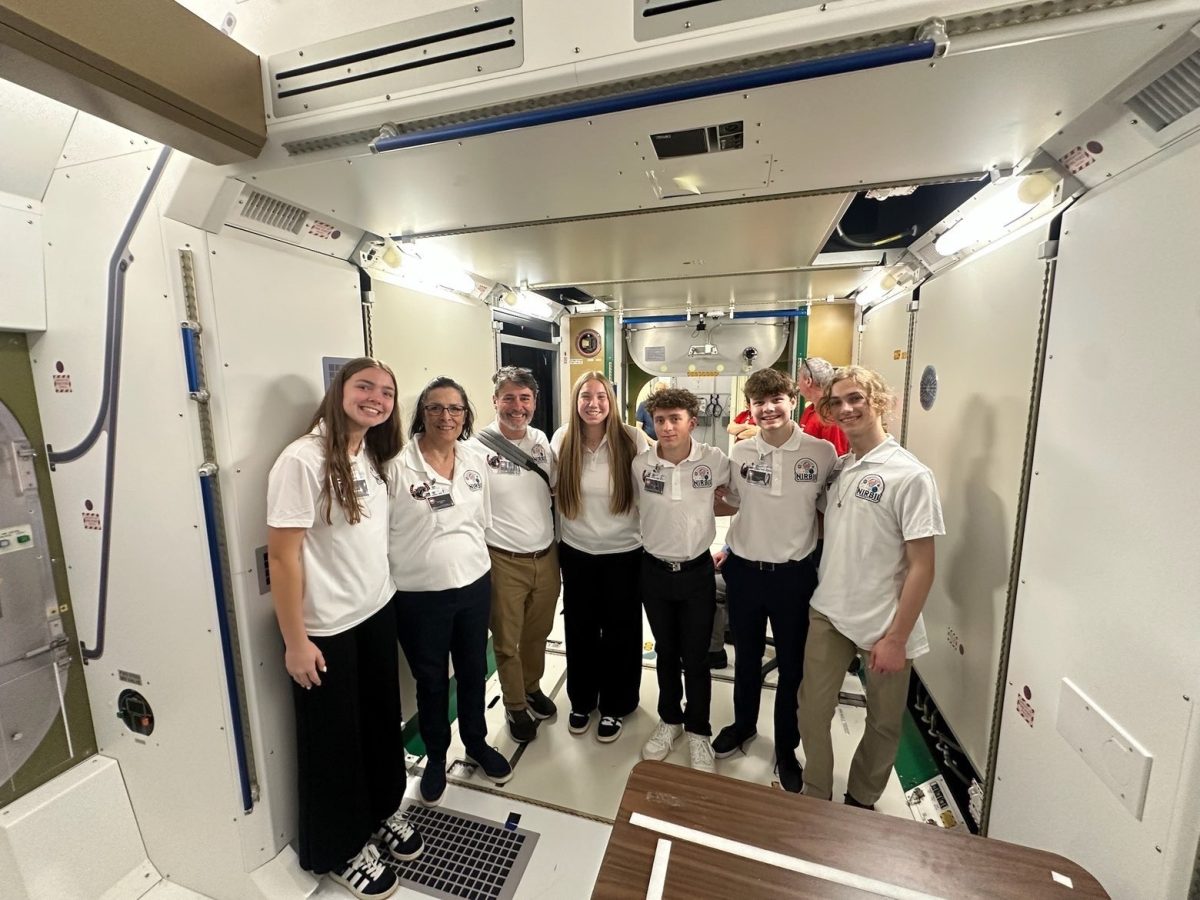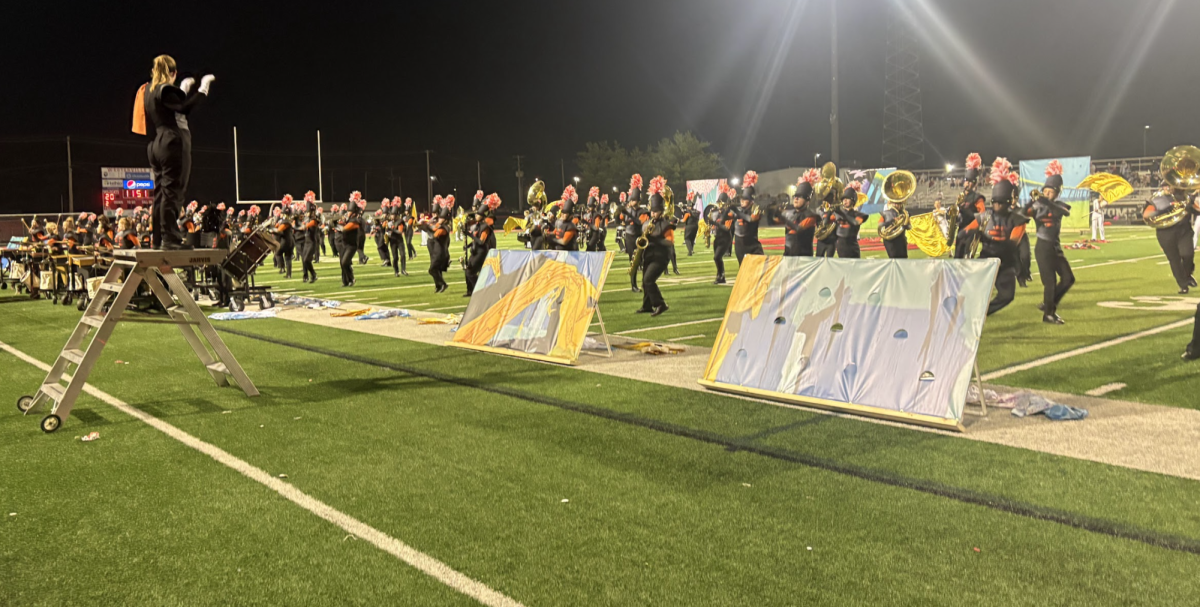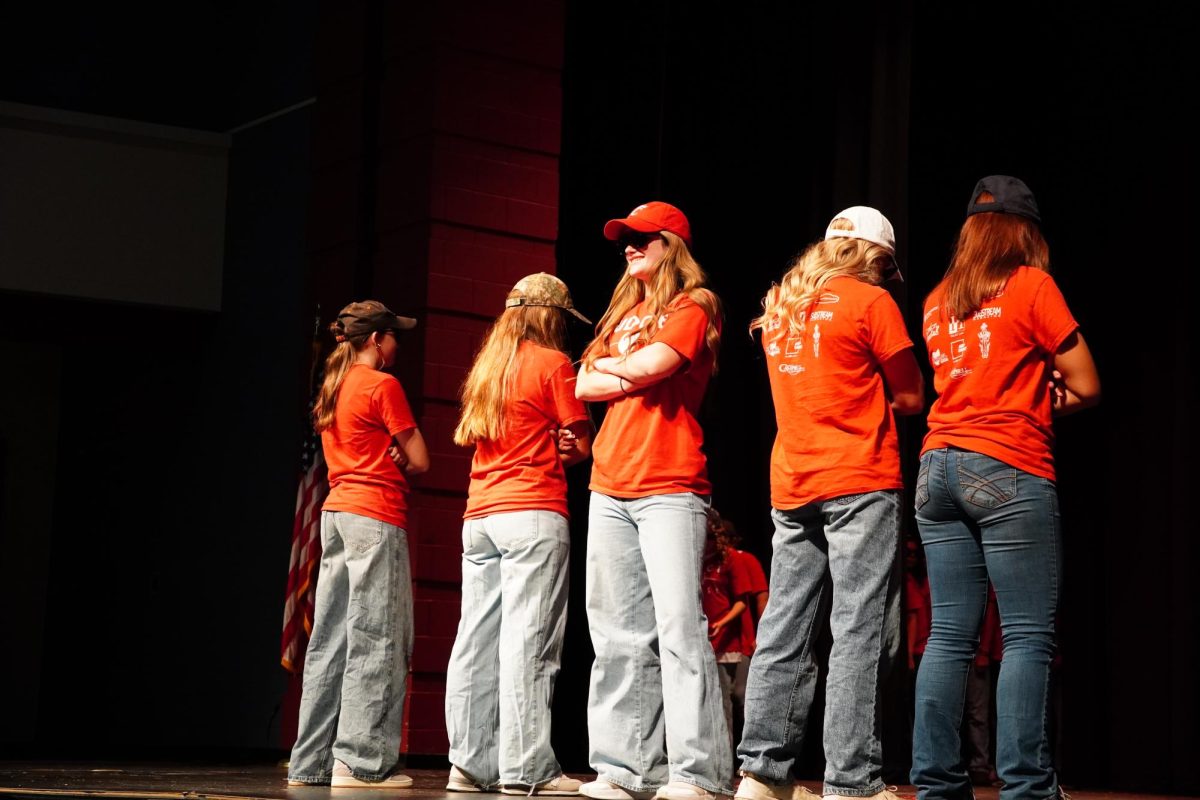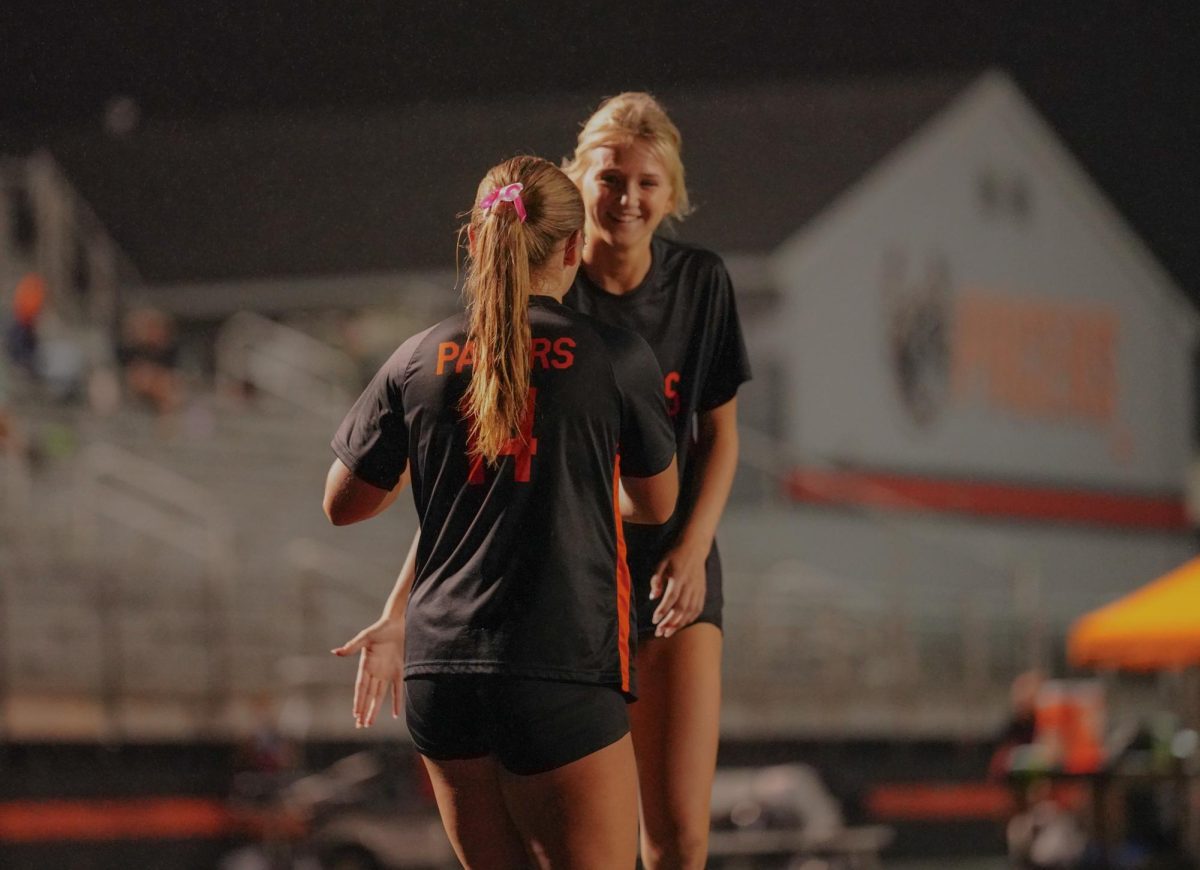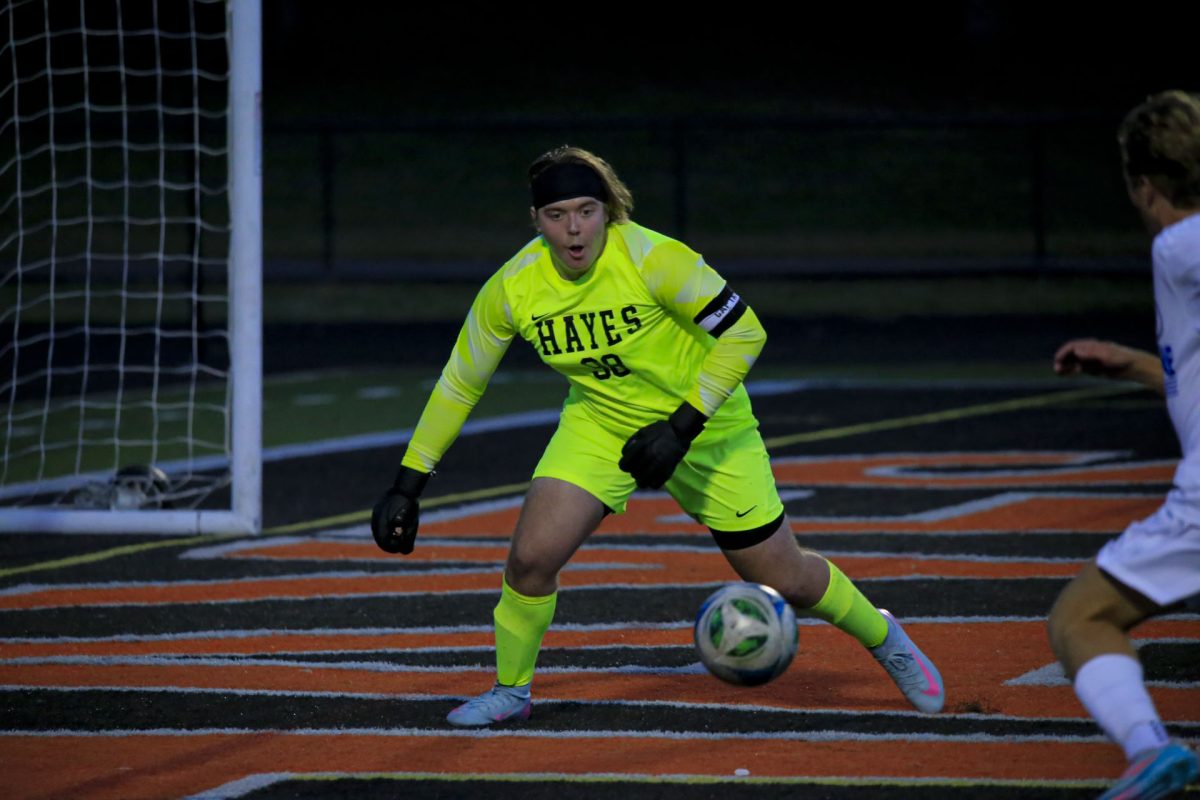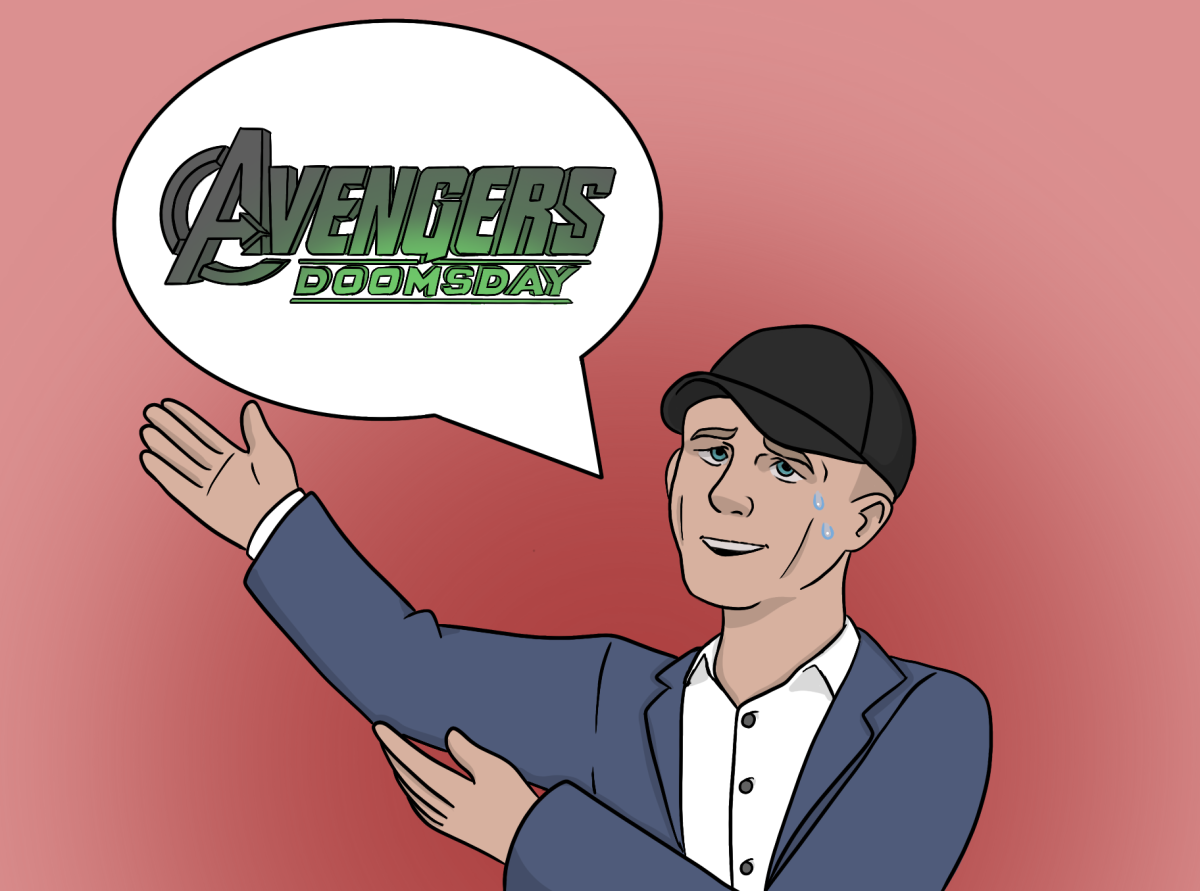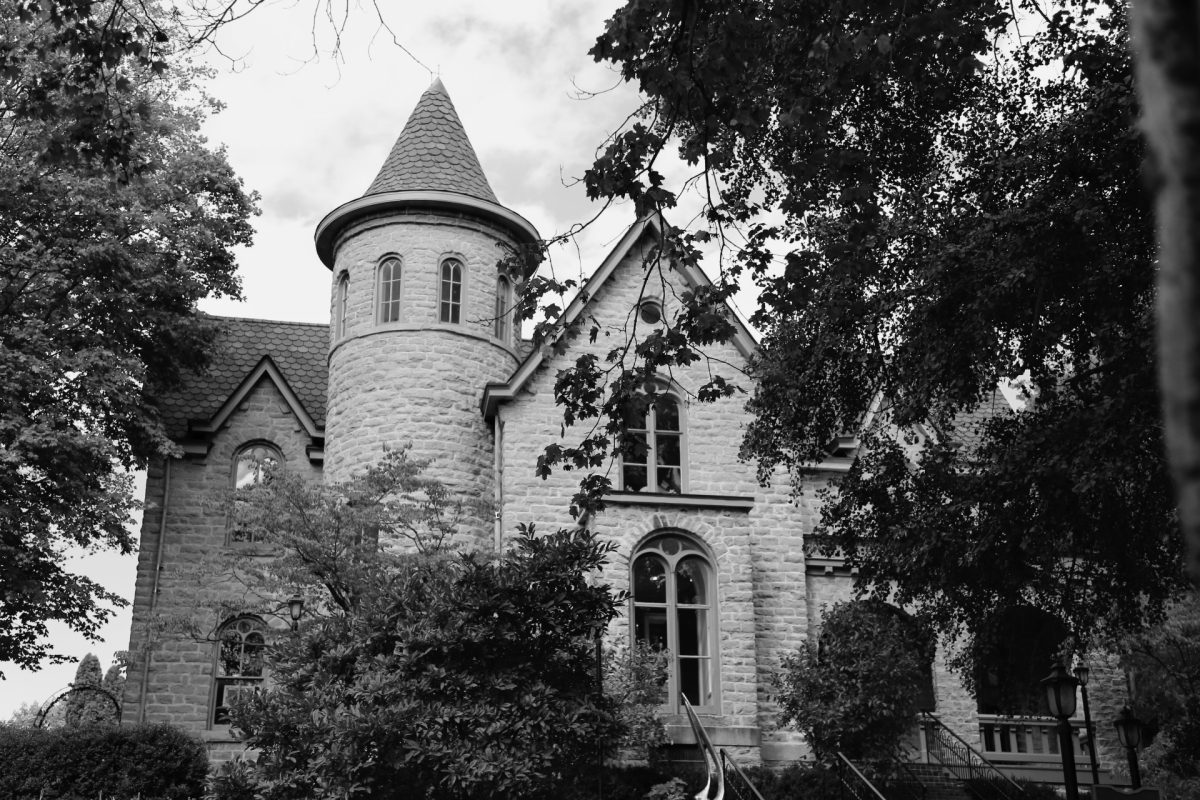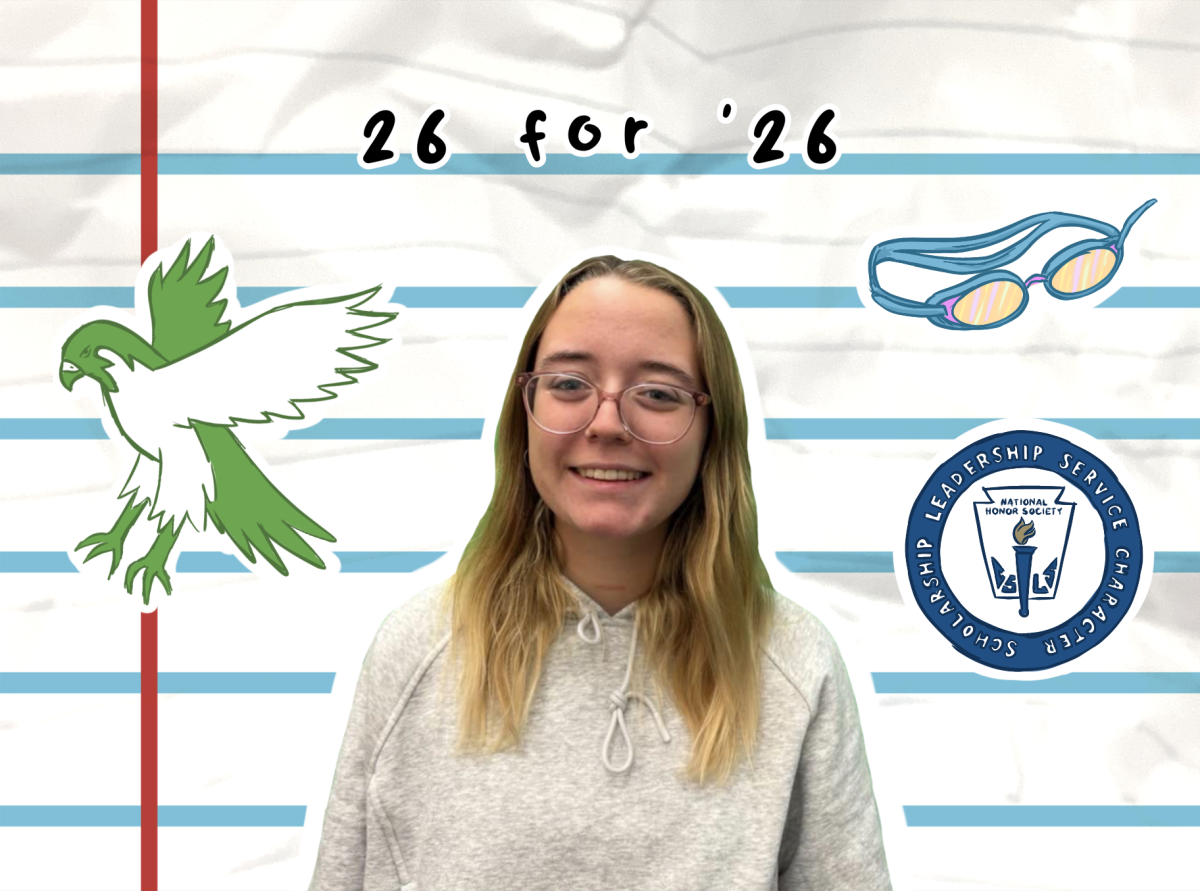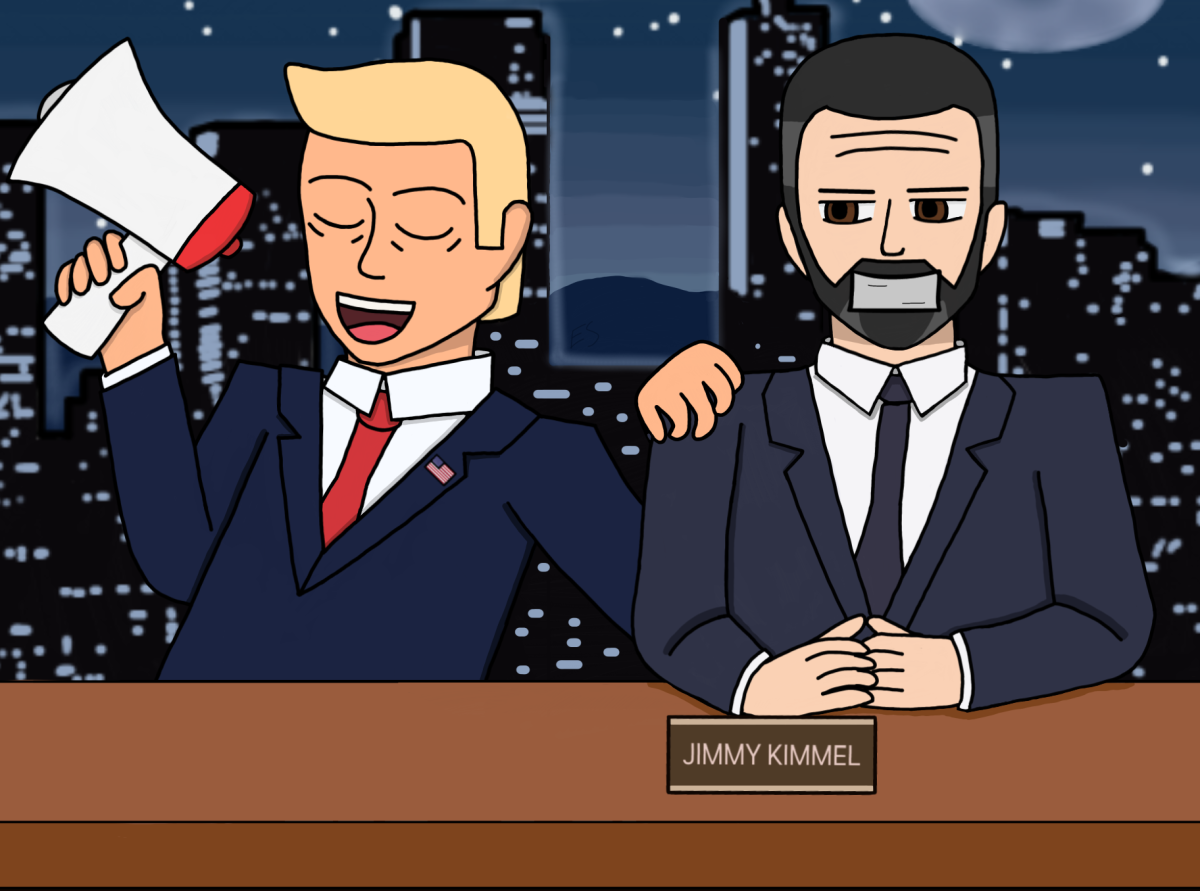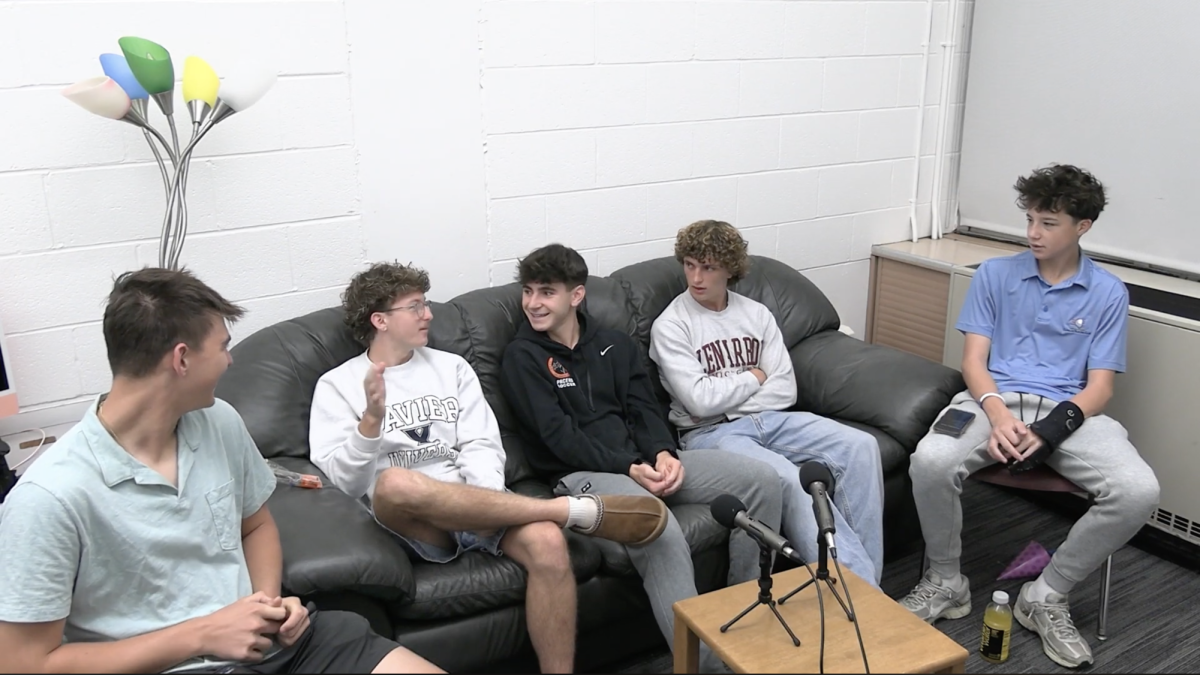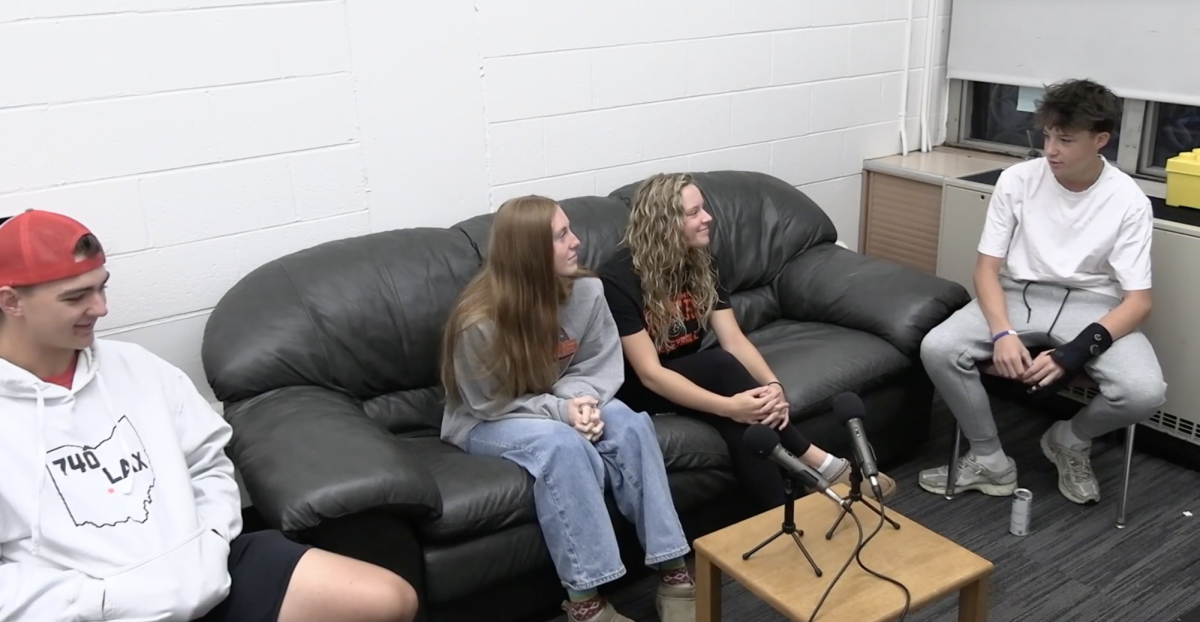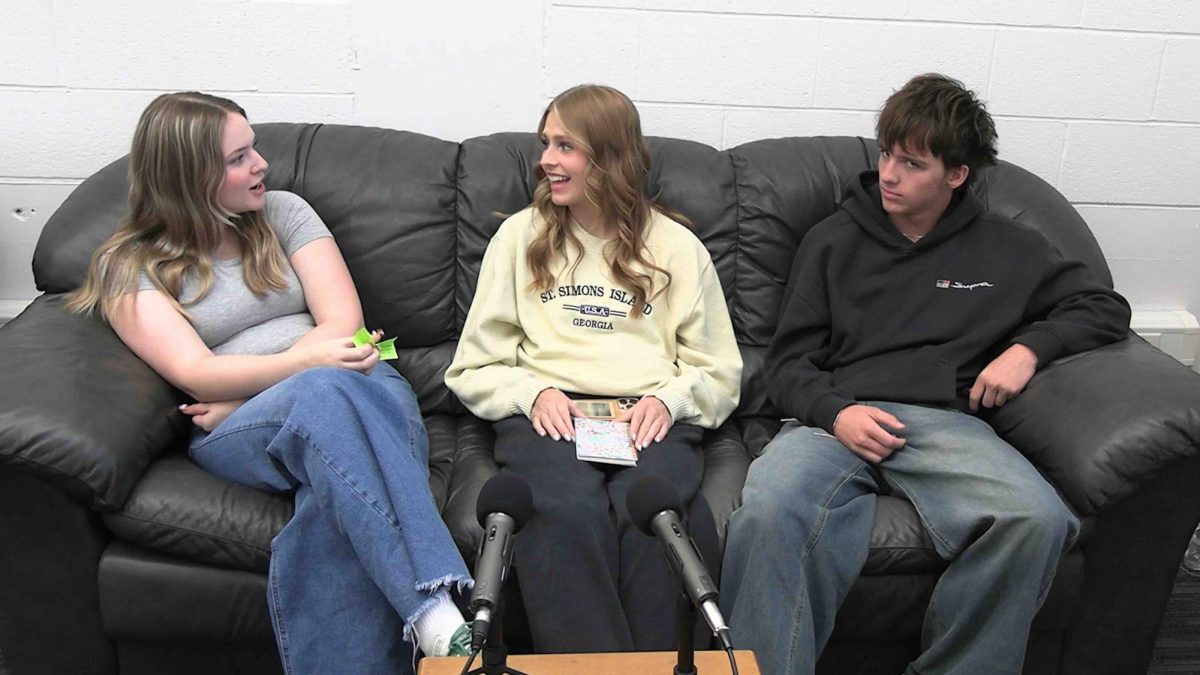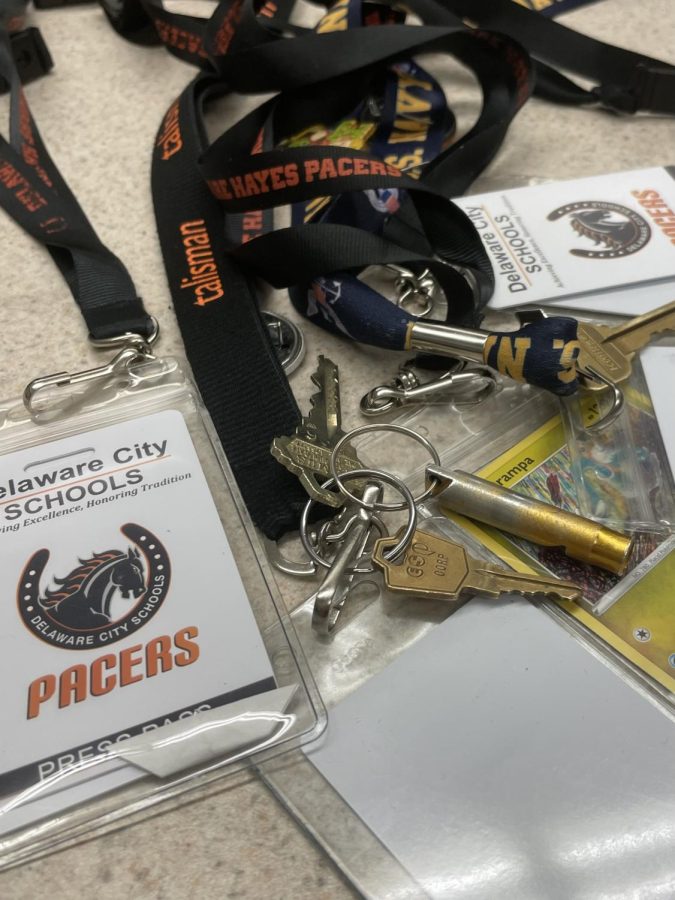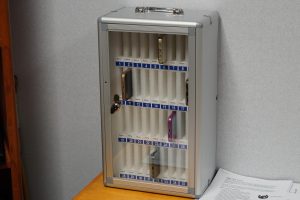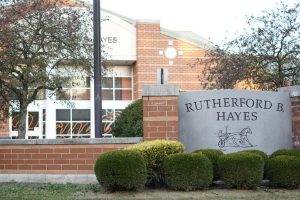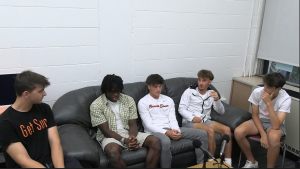Hayes ditches dress code, lanyards take forefront
A pile of Delaware City Schools lanyards sit on a table. Lanyards are now required at all times for students and staff at Hayes High School.
September 16, 2022
In the wake of an eventful school year, Hayes High School chose to give students the freedom to dress as they please, yet the school is requiring lanyards for everyone.
“First of all, we wanted to set the tone for safety and security,” Hayes Principal Ric Stranges said. “I don’t sleep at night many times worrying about safety and security at school, so I talked to our friends at the [Delaware Area] Career Center, who require ID badges for every student to ensure that everybody is someone that [they] know.”
Stranges said he believes that the lanyards will allow for more personal interactions between staff and students.
“We’re going to make the first name large,” Stranges said. “So I’ll be able to say hello and call [students] by name.”
Hats and hoods will be permitted under the new dress code, alleviating some stress from administrators and students alike.
“You know what, if you want to wear a hat in the building, well, that’s been an issue that’s been a little bit adversarial,” Stranges said. “This shouldn’t be a building of adversaries. We’re a building of collective students and staff. We’re all Pacers.”
The trade-off comes after rising concerns over school security, and among measures to create a positive environment for all students; since last school year, Hayes’ dress code and how it treated female students as compared to their male peers sparked protests and frustration.
This movement of self expression clashed with requirements for classes like choir and orchestra, which restrict items like piercings and dyed hair.
“I still think we have an obligation to our students to teach them how to carry themselves with self respect, and to prepare them for what’s going to come after high school,” said Dr. Dara Gillis, the choir director. “The way that I dress when I come to work is very different from the way that I dress if I’m going out with friends.”
Last school year, a sit-in took place during 9th period in the central rotunda of the school. Protestors carried picket signs, put up posters and wore clothing items considered insubordinate by the dress code.
“They made their voices heard, and they wanted to be taken seriously,” Gillis said. “I think that’s part of being an American, right?”
Ultimately, the protests inspired the creation of a committee made up of both students and administrators to tackle the issue, and to compromise on a solution.
“We’re really trying to be at least more caring and kind in terms of [the dress code]…not to make this place so punitive that kids are afraid to wear things,” Stranges said. “We still have to do things if it’s violent or [displaying] drugs and alcohol, but I’m not going to make an emphasis against our female population anymore.”
Although changes have been made to make the dress code equitable, senior Sarah Porter said that the protests could have been more effective.
“I don’t think it was really well thought out,” Porter said. “It felt like people were just doing it to follow a trend…like a lot of it was a light hearted thing to them.”
Yet, Stranges is optimistic for the school year ahead, and for changes to come.
“I would encourage students to come and see us with any concerns that they have to make it better for our school,” Stranges said. “It’s everybody’s school, it’s not mine.”



